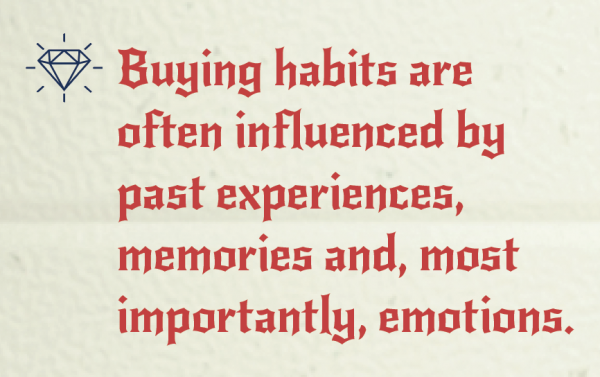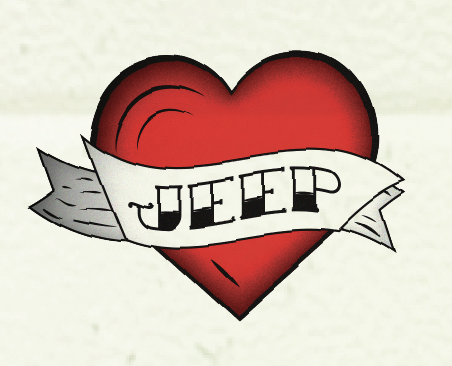
We all want to believe it: the widget that we make and market to the world is the best out there. Heck, it’s so superior, it practically sells itself, right? Well, problem is, for every one of our widgets, there are many others vying for a space in the hearts and minds of our customers, and, in many cases, their widget is just as good, if not better.
This is where brand truly matters.
Before we go any further, I want to level the playing field. You see, brand is a complicated term with many variances in the definition. And over the years, a brand has grown to encompass much more than logos, fonts and colors. And while those things are a part of your brand, they’re just a small piece of a much bigger puzzle. Think of it this way, your brand is the thing that’s left in the back of people’s minds when you’re not there. It’s the feelings, memories and stories that stick with them. It’s the emotions that they recall when seeing your logos, fonts, colors and communications in the wild.
 So why does that matter? Well, buying habits are often influenced by past experiences, memories and, most importantly, emotions. When two widgets on level ground are competing for that coveted spot in the shopping cart, it’s the customer’s ability to recall and relate with a brand that tends to win them over. As an example, here are three ways that brands, through emotional experiences, have won fanboy status from me, the customer.
So why does that matter? Well, buying habits are often influenced by past experiences, memories and, most importantly, emotions. When two widgets on level ground are competing for that coveted spot in the shopping cart, it’s the customer’s ability to recall and relate with a brand that tends to win them over. As an example, here are three ways that brands, through emotional experiences, have won fanboy status from me, the customer.
Differentiation
In a sea of sameness, a good brand can help differentiate itself from competitors. For me, Southwest has done a great job. If given the option between a flying cattle car, and a flying cattle car with no baggage fees and a smile, I’ll always choose the latter. Admittedly, their way of doing things is not for everyone, but their lighthearted approach to air travel has found a place in my heart and I always choose them first.
Loyalty
I fell in love with Apple back in 1997 when Steve Jobs came back into the picture and started making big decisions that made sense to me and my life. I wanted fewer choices, higher quality, and simplicity in the products that I buy. Ironically, here we are in 2017 and Apple now has 8 different (not including color choices) iPhone offerings to choose from. On top of that, they’re more complicated than ever. Yet, I still shop Apple almost exclusively. I can’t define loyalty any better than that.
A WORD OF WARNING … loyalty doesn’t last forever. If a brand continues to stray from their beliefs and values for too long, customers will stray from the products and brand. I’m looking at you, Apple.
Advocacy
It’s been said that comp anies make products and consumers make the brand. Case-in-point, if you can get your customers to talk about you in a positive light and sell your goods for you, then you probably have a strong brand. For me, it’s Jeep. Sure, it’s likely that any other SUV could take me on my little outdoor adventures, but Jeep was the one that got me there first. And while I’m not the most active social network user, there’s plenty of free advertising and good publicity for Jeep on my Instagram feed.
anies make products and consumers make the brand. Case-in-point, if you can get your customers to talk about you in a positive light and sell your goods for you, then you probably have a strong brand. For me, it’s Jeep. Sure, it’s likely that any other SUV could take me on my little outdoor adventures, but Jeep was the one that got me there first. And while I’m not the most active social network user, there’s plenty of free advertising and good publicity for Jeep on my Instagram feed.
There are three simple examples of how brands have wormed their way into the back of my brain. In each example, there are competitive products that do the exact same thing, but ultimately, these are the brands that speak and act most authentically to me. If your branding is strong, the next time your customer is faced with purchasing a product you offer, you can bank on the fact that they’ve built a strong enough connection with your brand. Then, ultimately, your products practically sell themselves.



